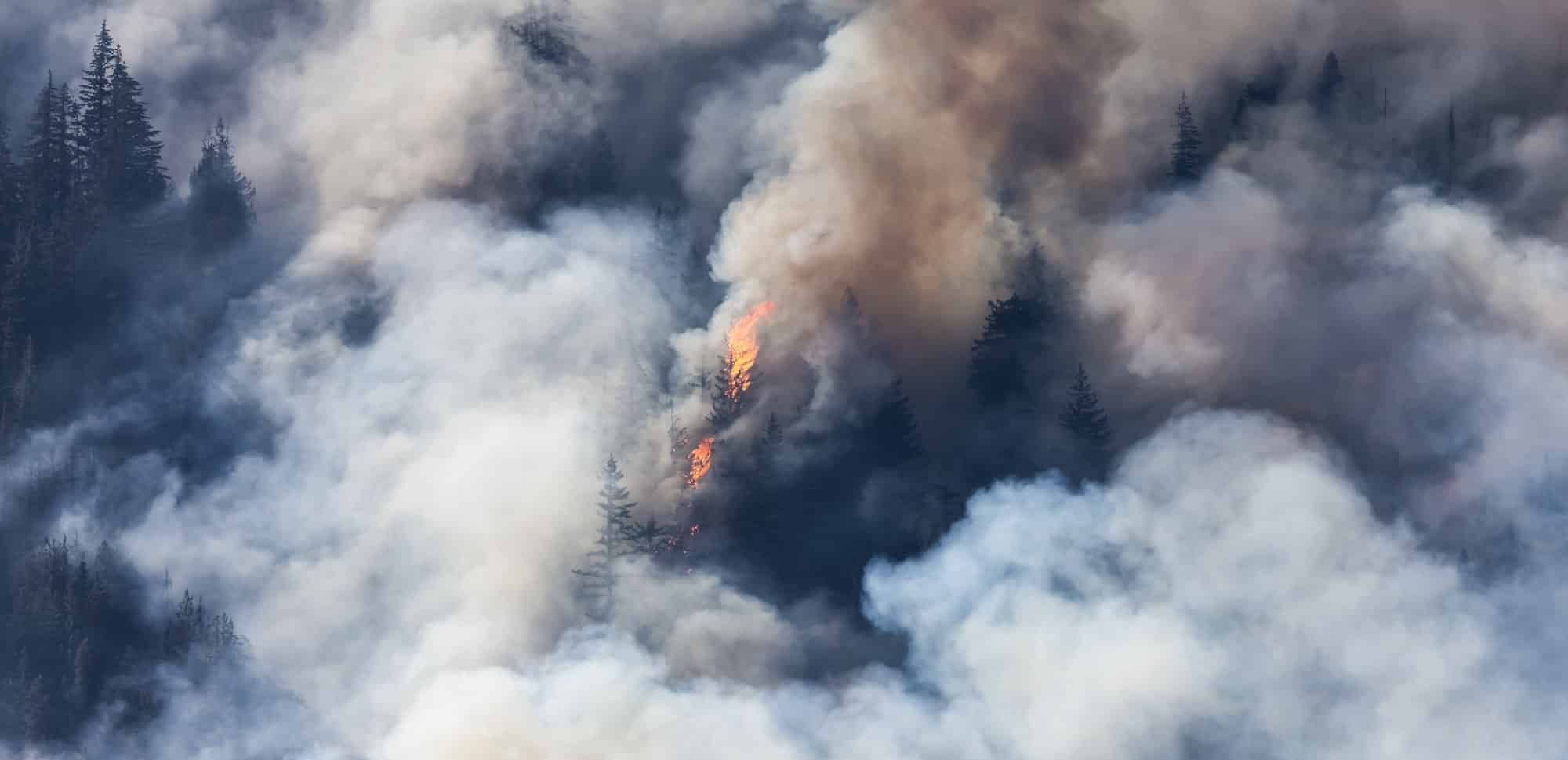According to provisional data from the Institute for Nature Conservation and Forests (ICNF), the 1,082 rural fires last month represent an increase of about 81% compared to June, which was until now the month with the most occurrences in 2024, and correspond to 38% of the total (2,820) rural fires recorded between January and July this year.
Even so, the record of 1,082 rural fires in July is well below the average for the decade 2014-2023 for the same period, which was 2,193.
In terms of burned area, last month also presented the highest values this year, with 1,538 hectares affected by flames, above the 949 observed in June, and corresponding to 35% of the total 4,425 hectares burned in 2024.
In the distribution of burned area, forest stands were the most affected in July, with 732 hectares, followed by rural fires in shrublands (475) and agricultural areas (331).
As with the number of fires, the comparison with the annual average of the last 10 years for this period is favorable to 2024, since the average burned area for July was 18,754 hectares.
ICNF statistics for the causes of fires between January and July this year reveal that arson is the most frequent isolated cause among the 1,975 investigated occurrences, being responsible for 24% of rural fires, ahead of extensive burning of forest or agricultural residues (16%).
However, aggregating the different types of burnings and fire uses reaches a total of 42% in the causes of fires. These are followed by rural fires with accidental origins (16%), caused by other unspecified causes (12%), reignitions (3%), the making of bonfires (2%), and fires caused by natural reasons, such as lightning strikes (1%).
“Of the total of 2,820 rural fires verified in 2024, 1,975 were investigated and have the process of ascertaining causes completed (70% of the total number of fires – responsible for 82% of the total burned area). Of these, the investigation allowed the attribution of a cause for 1,464 fires (74% of the investigated fires – responsible for 68% of the total burned area),” the report states.
In regional terms, the districts of Porto (429), Viana do Castelo (265), and Braga (239) are those that record the highest number of rural fires in 2024.
However, in terms of burned area this year, the district of Viana do Castelo stands out with 712 hectares, followed by Beja (697) and Braga (449).









